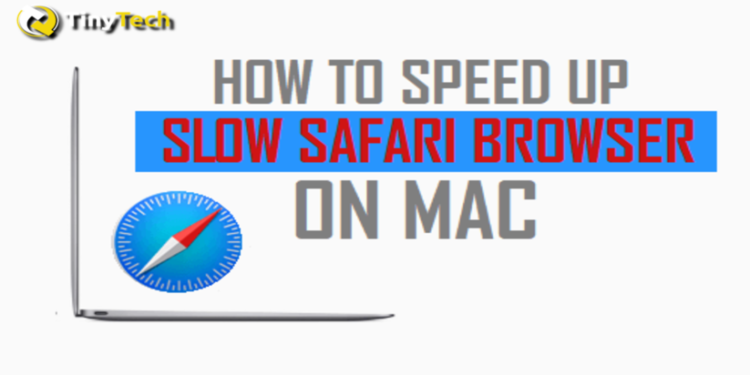Safari is a WebKit engine-based browser developed by Apple. Following its first release in 2003, Safari has undergone tremendous modifications over the years, making it a stable and high-quality browser. Safari uses WebKit to display web pages and run JavaScript, and it is energy-efficient and fast as well. It works with iCloud coherently to give users a perfect browsing experience. Safari’s array of top-notch features makes it a quality browser that is worth competing with other popular browsers like Google Chrome and Mozilla Firefox.
Boosting the Speed of Safari Browser on Mac
Generally, Safari offers Mac users an extended battery life and faster private browsing with minimal interruptions. Apple puts a lot of work and resources towards enhancing the browser’s performance and energy consumption. But like all other browsers, Safari also becomes unresponsive and slow at times. In case this happens to you, you can always follow the steps below to improve your Safari’s performance.
It is recommendable for Mac users to install the most recent version of Safari as it can resolve some of these performance-related problems. It is also worth noting that a slow internet connection can also bring about speed issues. Ensure that you check your internet connection speed if the problem persists even after meticulously following these guidelines. You can use speed checking websites to check your internet speed.
Update and Restart Your Mac
If you realize that your browser is slow, restarting your computer should always be your first step. A clean restart can solve many browser and internet-related issues. On your Mac, open the Apple menu and click on Restart. After that, open your Safari browser and check if there is any improvement.
Close Unwanted Tabs
It is advisable to open a manageable number of tabs as this enhances your browser’s performance. For instance, how many tabs are active on your browser right now? For a better user experience, close all tabs that are not relevant to your current browser interaction. This will enhance your browser’s speed and general performance.
In case you are defensive of your browser session, use an extension like Tab Suspender that permits you to suspend your open tabs to save processing power.
Clear the Cache and Temporary Files
Like all browsers, Safari keeps a cache of information from all the sites you visit. This occupies disk space, which can cause performance issues. It is always a smart thought to overwhelm Safari’s cobwebs occasionally by clearing the cache, especially if you need to boost the browser’s speed.
To clear your Safari cache:
Open your Safari browser and click Safari, then go to Preferences in the menu bar. Next, go to the Advanced tab, click on it, and then check the Show Develop menu in the menu bar. After that, Close the Preferences window and click on Develop and then Empty Caches in the menu bar at the top of the screen.
Remove Unused Extensions
Safari has some superb extensions to make your browsing more comfortable, yet sometimes they become an impediment by slowing it down. This is a common factor among extensions that directly interfere with the user’s browsing experience. A perfect example is TamperMonkey, which changes the appearance and the behavior of a website.
Final Remarks
Safari is one of the most advanced browsers, but it can also become unresponsive just like other browsers because of different issues. It is every user’s responsibility to learn the different ways of troubleshooting Safari for better interaction. To get a top-notch user experience on Safari with all the bells and whistles of the modern web, ensure JavaScript is always enabled. It’s quite simple to do that – just click here to learn more about enabling JavaScript on Safari.












